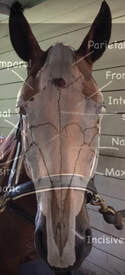 Cranial Anatomy The cranium of the horse is made of flat bones that articulate with each other through joints called sutures. These sutures allow the bones to move slightly leading to a slight expansion and contraction as the cerebral spinal fluid (CSF) is pumped through the cranium. The movement of these bones is the basis for craniosacral therapy. Cranial Bone Misalignments The cranial bones can become "jammed" due to trauma/injury or the process of traveling through the birth canal when the horse is born. When the bones shift and become "stuck" in this position, it will lead to decreased movement of the bones as the CSF is pumped through the cranium. This can ultimately lead to symptoms such as head aches, difficulty concentrating, runny eyes or nose, head shaking and other behaviors. Visually, it can be noted as asymmetry in the face. Re-aligning the Bones The cranial bones can be brought back in to proper alignment using specific craniosacral techniques to release the bones. Chronic misalignments will often take multiple sessions to resolve fully. Most horses will begin to show a decrease in symptoms following the first session. 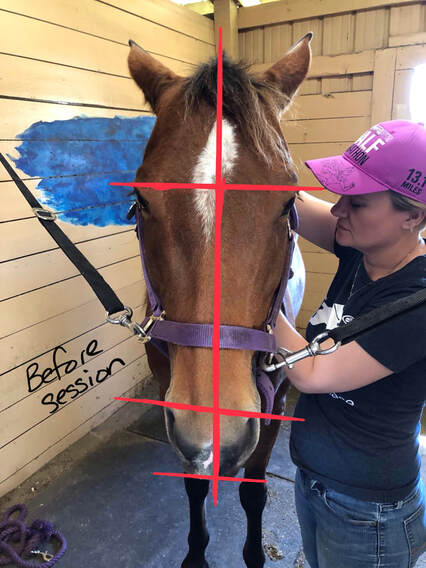 Looking for Asymmetries A good way to check for asymmetries is to take a picture of the horse's head when standing directly in front of them. You can then draw a line vertically from the mid section of the top of their head (by the poll) to the middle of their upper lip/nose. Next draw horizontal lines connecting the top of each eye and the top of each nostril. An additional horizontal line at the bottom of the lips can also be drawn. If the lines are all perpendicular to each other (create 90 degree angles) then the horse's skull is symmetrical. If 90 degree angles are not found, then asymmetry due to shifting of the cranial bones is present. Checking for Changes After releasing the appropriate cranial bones, you should then take another picture of the horse's head and re-draw the lines to determine if improvement has been made. This picture above, which was taken immediately after the first session, shows little improvement. Due to the chronicity of the symptoms and the small improvement, kinesiology tape was applied over the parietal and frontal bones and nasal sutures. The picture below shows the amount of asymmetry present following 24 hours of wearing the tape. Cranial Bone Releases - 2nd Session The kinesiology tape was left on another 24 hours (48 hours total) and then was removed before the second craniosacral session. During the second session, a sacral and tail release was performed before releasing the cranial bones. The picture below shows the results after the cranial bone releases were performed. Note a drastic improvement in the nasal and lip lines. Follow up This horse is experiencing a decrease in symptoms and an improvement in attitude. She will continue with monthly craniosacral sessions at this time to further improve facial symmetry, reduce the reoccurrence of symptoms and improve proper function. Special thanks to Mary Beth Nunes on her assistance in performing the primary CST session! Want to learn more about CST and the cranial bone releases?
4 Comments
A study that was recently published in the Journal of Equine Veterinary Science demonstrated a reduction in swelling in horses that were taped using kinesiology tape (the inflammation reduction taping) following arthroscopic tibia-patellofemoral surgery. Abstract:
The aim of this study was to evaluate the effect of therapeutic bandages, the Kinesio Taping Method (KTM), in controlling swelling following arthroscopic tibio-patellofemoral surgery in horses. In vivo experimental study was studied. Twelve horses undergoing experimental tibio-patellofemoral arthroscopy were divided into two groups: six animals in the control group (CG) (without tape) and six animals in the treatment group (TG) that received therapeutic bandages based on the KTM. All of the horses were evaluated by thermography of the lateral and cranial aspect of the joint as well as by a perimeter assessment of the tibio-patellofemoral joint. The TG showed greater control of postoperative swelling with a significant reduction in swelling after 24 hours of treatment compared to the CG staying up to 72 hours, but there were no significant differences in temperature based on the thermography. In this study, which was unprecedented in horses, the use of therapeutic bandages resulted in a significant reduction in postoperative swelling of tibio-patellofemoral arthroscopy in horses compared with CG. Although often employed in human rehabilitation, this therapy is potentially beneficial for veterinary rehabilitation, specifically in horses. Conclusion: The results of this study demonstrate a reduction in the perimeter of the tibio-patellofemoral joint after the application of therapeutic bandages using a cutting "FAN" technique, which is derived from the Kinesio Taping Method. Furthermore, there was a demonstrated edema reduction in post patellofemoral arthroscopy in horses. However, additional studies are necessary to confirm the effects of Kinesio Tape in animals due to the absence of studies related to veterinary medicine. de Mattos LHL, Yamada ALM, dos Santos VH, Hussni CA, Rodrigues CA, Watanabe MJ, Alves ALG, Treatment with Therapeutic bandages to control equine post- Arthroscopic Tibio-Patellofemoral Swelling, Journal of Equine Veterinary Science (2017), doi: 10.1016/ j.jevs.2017.02.001 Kinesiology tape is becoming extremely popular with both equine health professionals and equestrians in general. This revolutionary tape can decrease muscle spasms, decrease pain sensation, increase agility, decrease inflammation and decrease the chance of injury in both horses and riders with out the use of medications! Attend this workshop to gain hands on experience and learn how to utilize this amazing technique! Choose a date that works for you!Saturday September 9th 9 am - 12 pm Saturday October 8th 1 - 5 pm Saturday November 5th 1 - 5 pm Sunday December 16th 1 - 5 pm This course has an online component that must be completed before attending the workshop. If you have not completed the online course yet, you can register for both the course and workshop together below: Already took our online course? No problem, register for the workshop alone below: Kinesiology tape is a stretchy, sticky athletic tape that was developed for humans over 30 years ago. This tape has recently gained popularity with animal bodywork practitioners after it was discovered that the same benefits humans experience when wearing the tape can be experienced by animals. To many people’s surprise, this revolutionary tape can be applied over an animal’s hair instead of directly to the skin to achieve the same decompression effect seen in humans. Kinesiology taping is a modality that every animal bodywork practice can benefit from. This tape allows the practitioner to enhance their other therapies by leaving the animal with prolonged blood and lymph flow improvement, decreased pain sensation and support of joints and muscles that are suffering from instability or hyper and hypotonicity. Some conditions that can benefit from kinesiology tape are: ACL and other knee related injuries in dogs, back pain in dogs and horses, hind end weakness in dogs due to IVDD, spina bifida, arthritis, or DM, suspensory ligament injuries in horses, post surgical swelling in all animals and stocking up in horses. A recent study in the Journal of Equine Veterinary Science showed a significant reduction in swelling after 24 hours of kinesiology taping in horses with arthroscopic tibio-patellofemoral surgery. (http://www.j-evs.com/article/S0737-0806(16)30525-1/abstract)
While kinesiology taping is a very safe and effective technique, there are specific ways to cut and apply the tape for the condition being treated and there are contraindications to utilizing this tape as well. Proper training is required to be able to adequately add kinesiology taping to your practice. Angel’s Animals - Holistic Online Courses, offers kinesiology taping certification courses for both Equine and Canine practitioners. These courses can be completed from anywhere in the world and do not have time limitations. The courses are taught by Dr. Angelique Barbara who is a Doctor of Chiropractic with a BS in Veterinary Science and a MS in Veterinary Pathobiology. Dr. Barbara was one of the first practitioners to start using kinesiology tape on animals and she developed these comprehensive courses to share her applications and experience with other practitioners.
Most horses experience some degree of back pain either from a saddle that doesn't fit perfectly, a rider who isn't completely balanced or just sore muscles from exercise. This back pain reduction taping is a very easy way to decrease your horse's pain and support the muscles along your horse's back during exercise!
What do you need?
How To Apply It:
What To Do Now?
Want to learn more? Check out our online course for horse owners or our certification course for equine professionals!Kinesiology tape is gaining popularity in both the human and equine world. As more people are becoming exposed to it, horse owners are beginning to wonder if this tape can help their horse. One of the more common questions I am asked from a horse owner is "Why would I want to tape my horse?". My answer is that there are MANY reasons why you would want to use kinesiology tape on your horse. I have listed some of those answers below
While there are MANY reasons your horse can benefit from kinesiology tape, it is also important to receive proper training before applying tape to your horse. There are specific ways of cutting and applying the tape to achieve the appropriate goals. There are also some circumstances when kinesiology tape can make a situation worse, so it is important to be familiar with these before taping your horse! Be sure to receive proper training or seek guidance from a trained practitioner. Learn How to Tape Your Horse with Our OnLine Course!Non-certification course available for horse owners. Certification Course available for equine professionals. Equine Kinesiology Taping On-Line Certification Course
$400.00
You are registering for the Angel's Animals Online Equine Kinesiology Taping Course. THIS IS A CERTIFICATION COURSE FOR EQUINE PROFESSIONALS!
*Be sure to check your state laws before practicing animal massage or bodywork! *This registration fee does not include a $25 certification processing fee that is due when you submit your case studies. Equine Kinesiology Taping On-Line NON-Certification Course
$300.00
You are registering for the Angel's Animals Online Equine Kinesiology Taping Course. This course was developed to teach horse owners how to apply kinesiology tape to their horses to decrease inflammation, support muscles and joints, improve function and more!
THIS IS NOT A CERTIFICATION COURSE! Is Your Horse In Pain?The likely answer is YES. Most horses will experience some degree of neck, back or hip (SI joint) pain during their lives and a surprising number of horses suffer from some form of chronic pain. Pain can be caused by intense training, ill fitting saddles and tack, imbalanced or inexperienced riders or injury (injury can occur in the stall, turnout or while riding). If the pain is not addressed, it can lead to long lasting postural and gait abnormalities causing chronic pain for the horse. How do you know if your horse is in pain?
What Can You Do?To help your horse achieve optimal wellness, it is important to have a team of reliable equine health care providers including a veterinarian, certified equine chiropractor, dentist, massage therapist and saddle fitter. To personally help your horse in between visits, you can provide your horse with massage, stretches and kinesiology tape. Equine Massage
Stretches
Kinesiology Tape
Providing your horse with routine bodywork can ensure that he or she is able to live a happy and pain free life for many years to come! Courses for ProfessionalsWe also offer courses for Equine Professionals including certifications in Massage Therapy, Craniosacral Therapy and Body Alignment. Visit our website for more details!
|
AuthorDr. Angelique Barbara is the founder of Angel's Animals LLC, a company that has developed online animal bodywork courses for both owners and professionals. Dr. Barbara's unique teaching style along with the dynamic layout of the courses allows people of different educational backgrounds from all over the world to benefit from her knowledge. Archives
May 2024
Categories
All
|

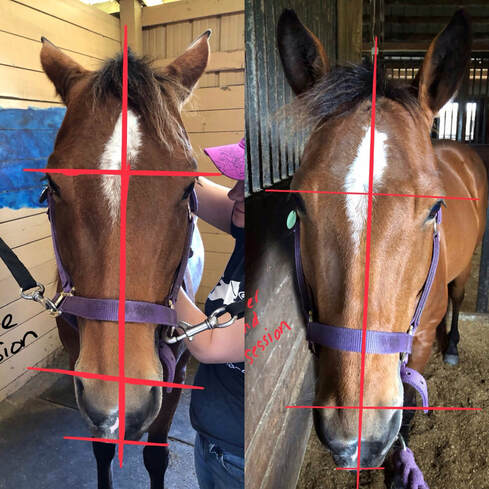
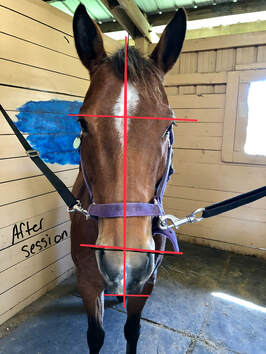
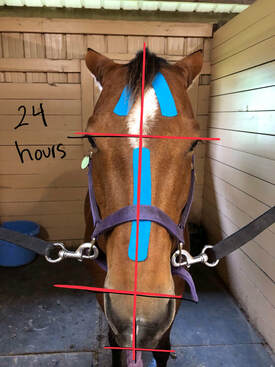
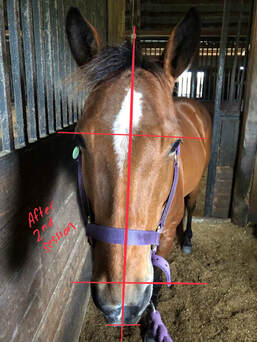
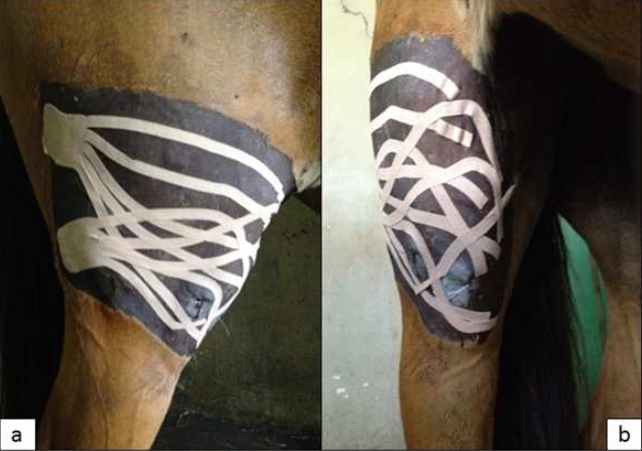
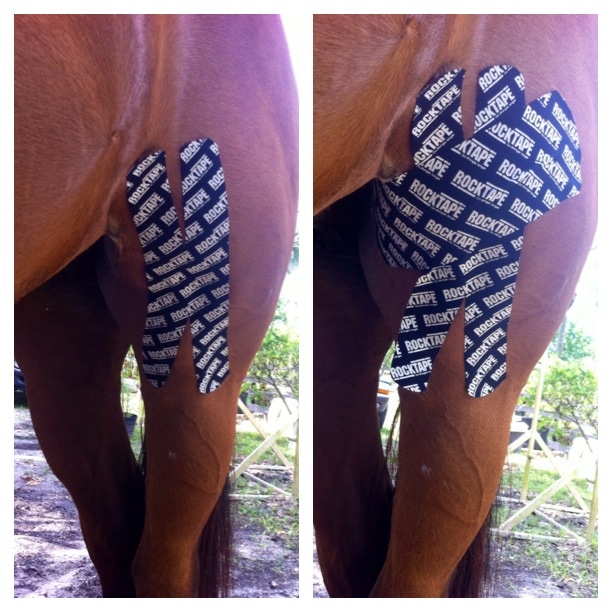
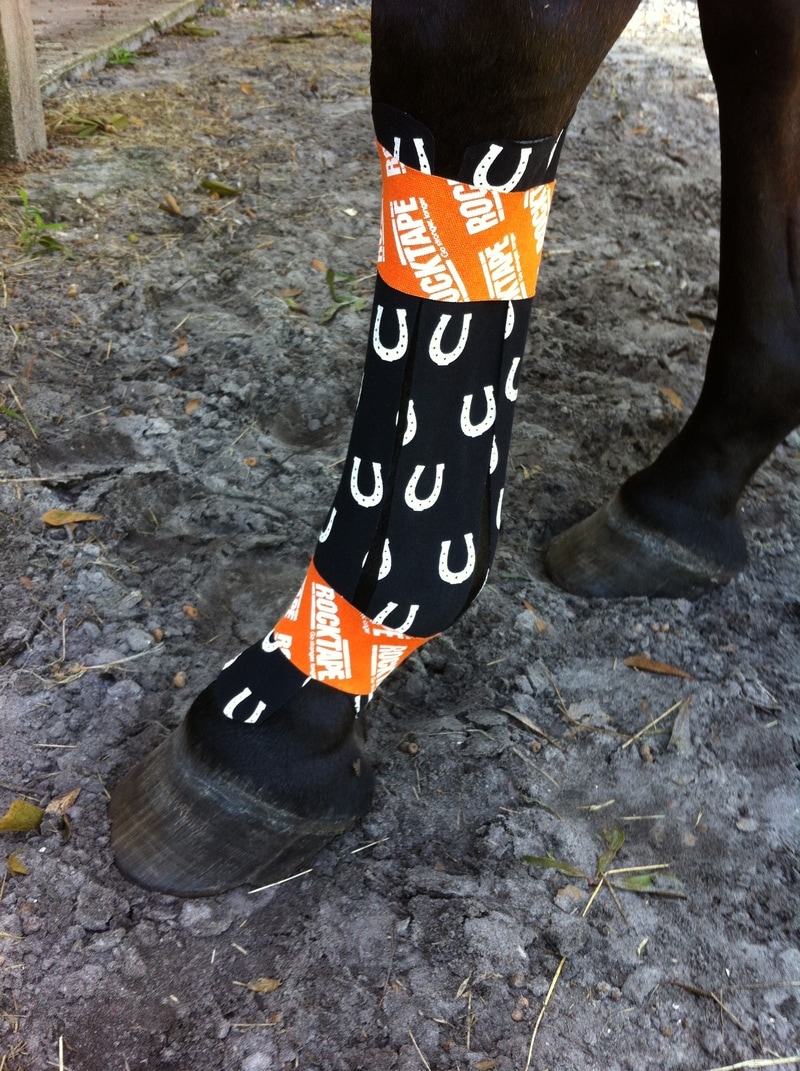
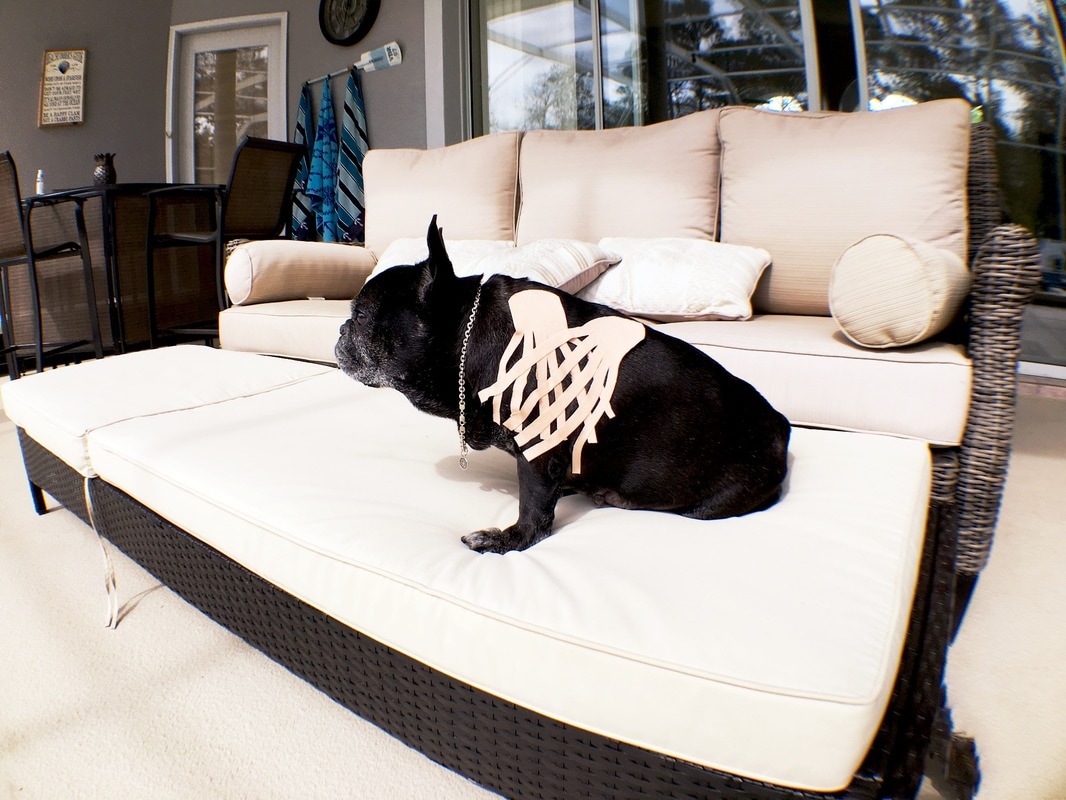
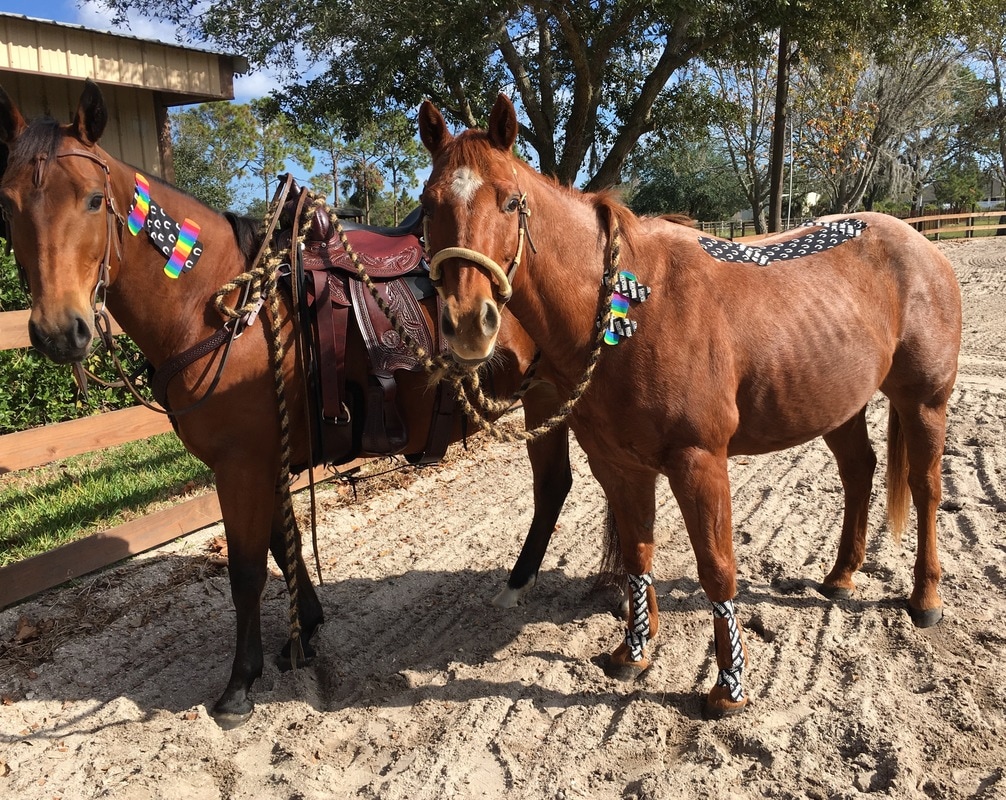
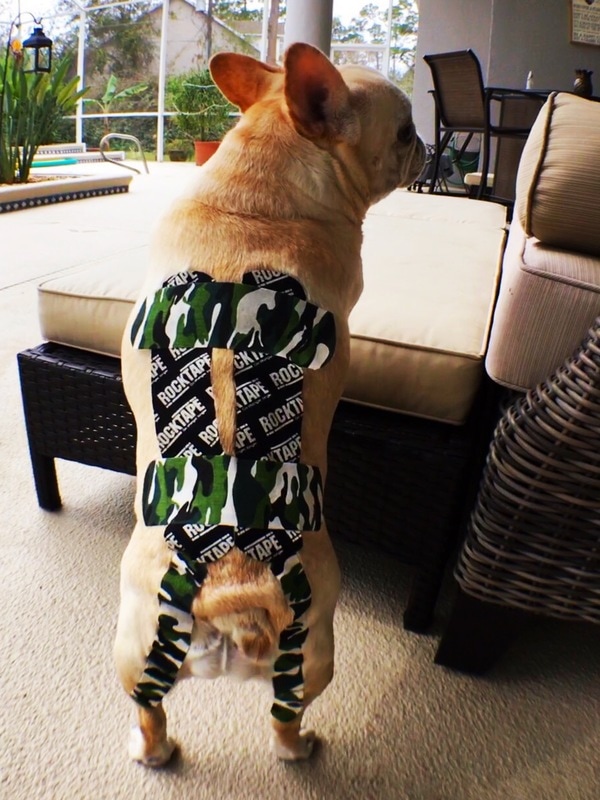
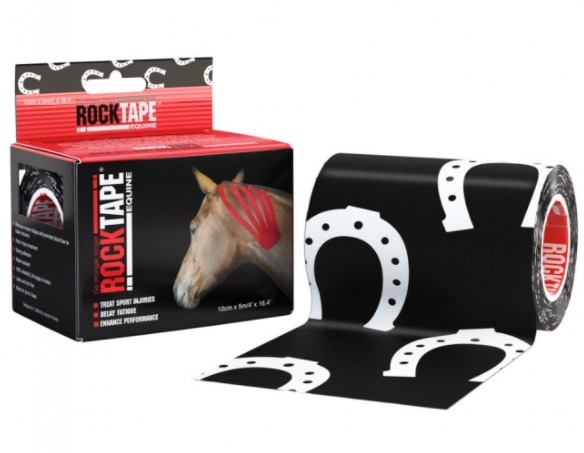
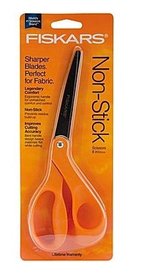
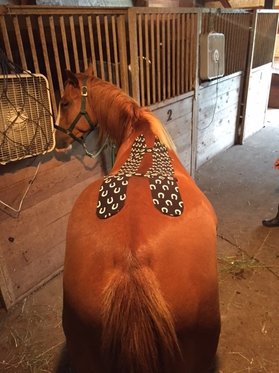
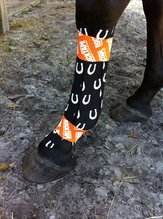
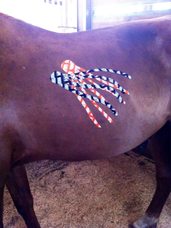
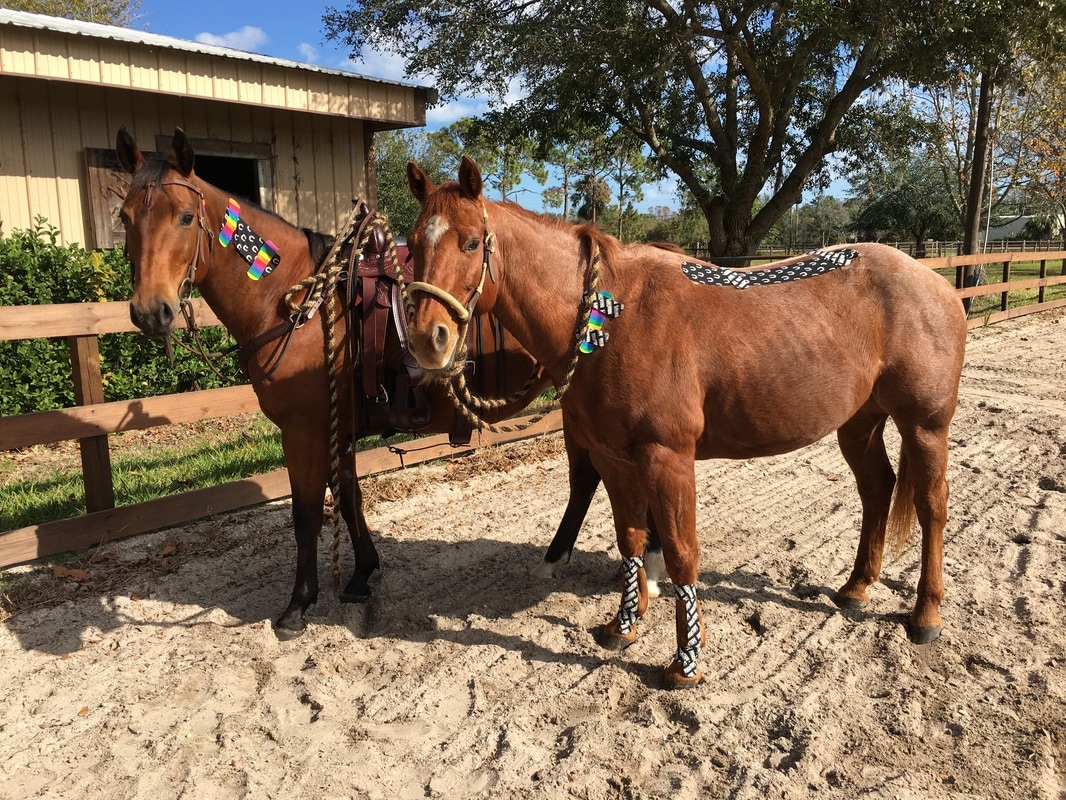
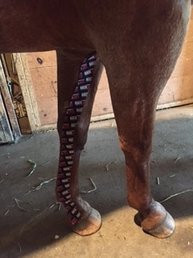
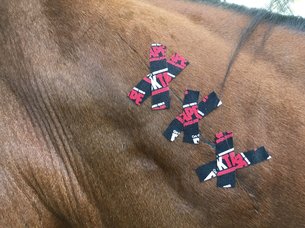
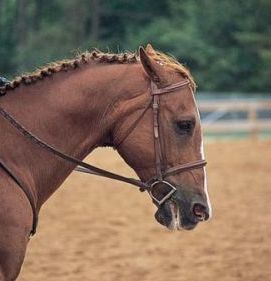
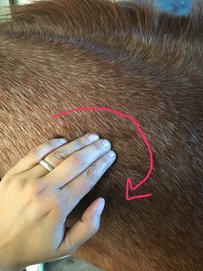
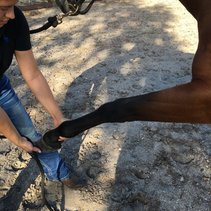
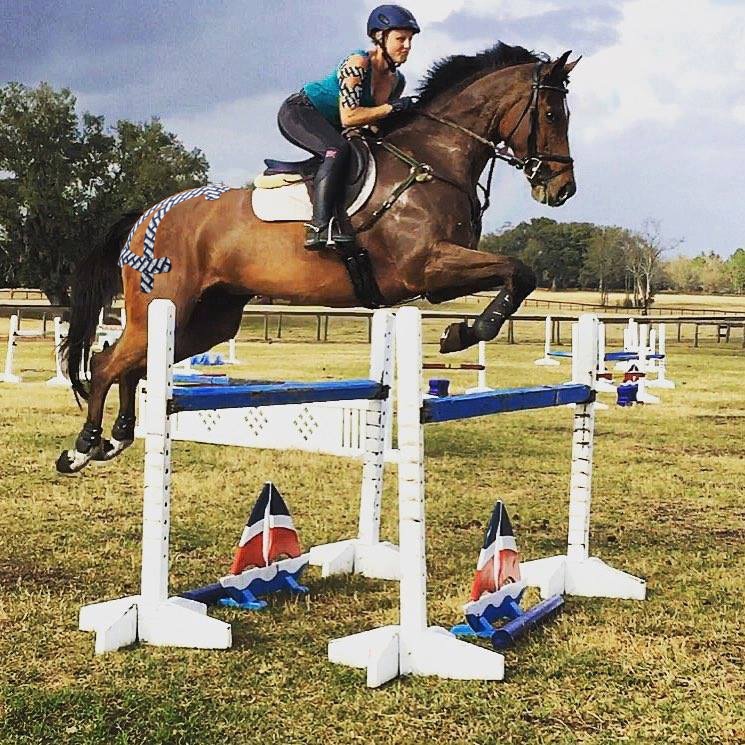
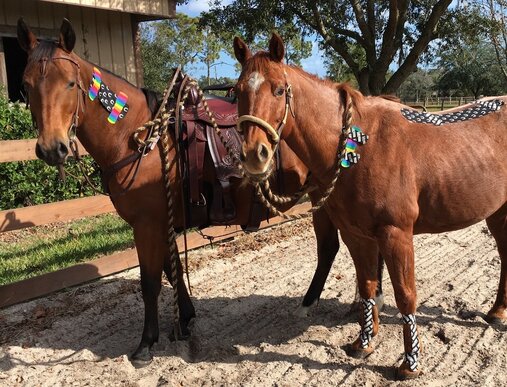
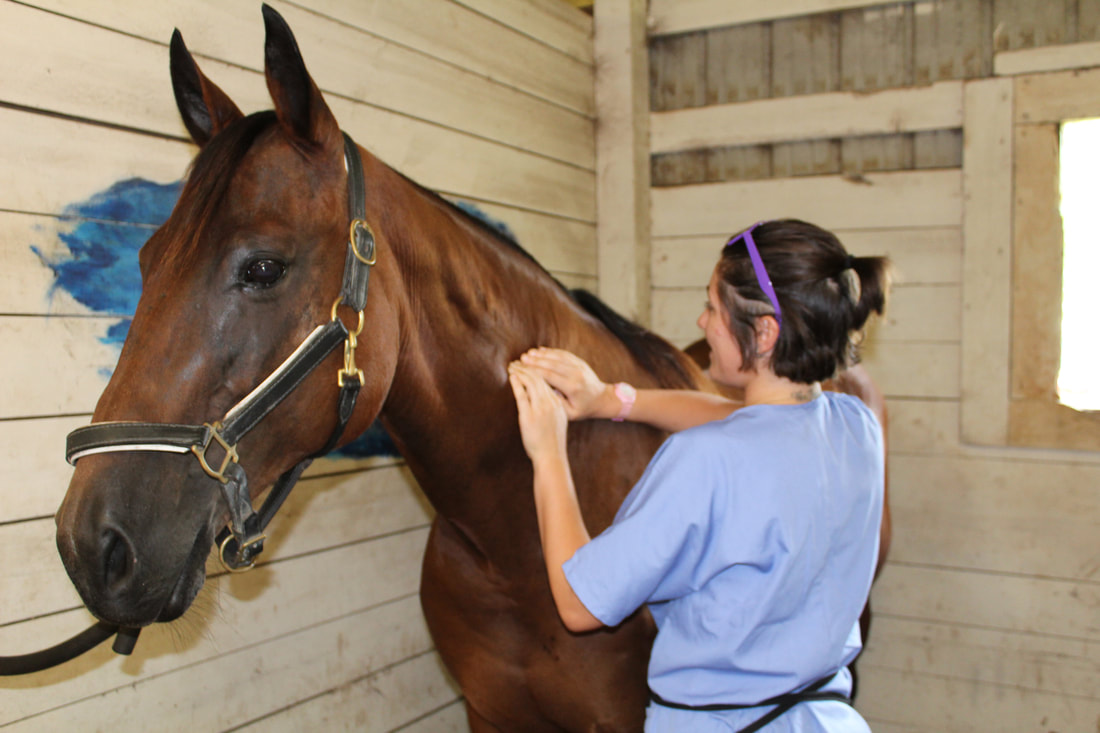
 RSS Feed
RSS Feed